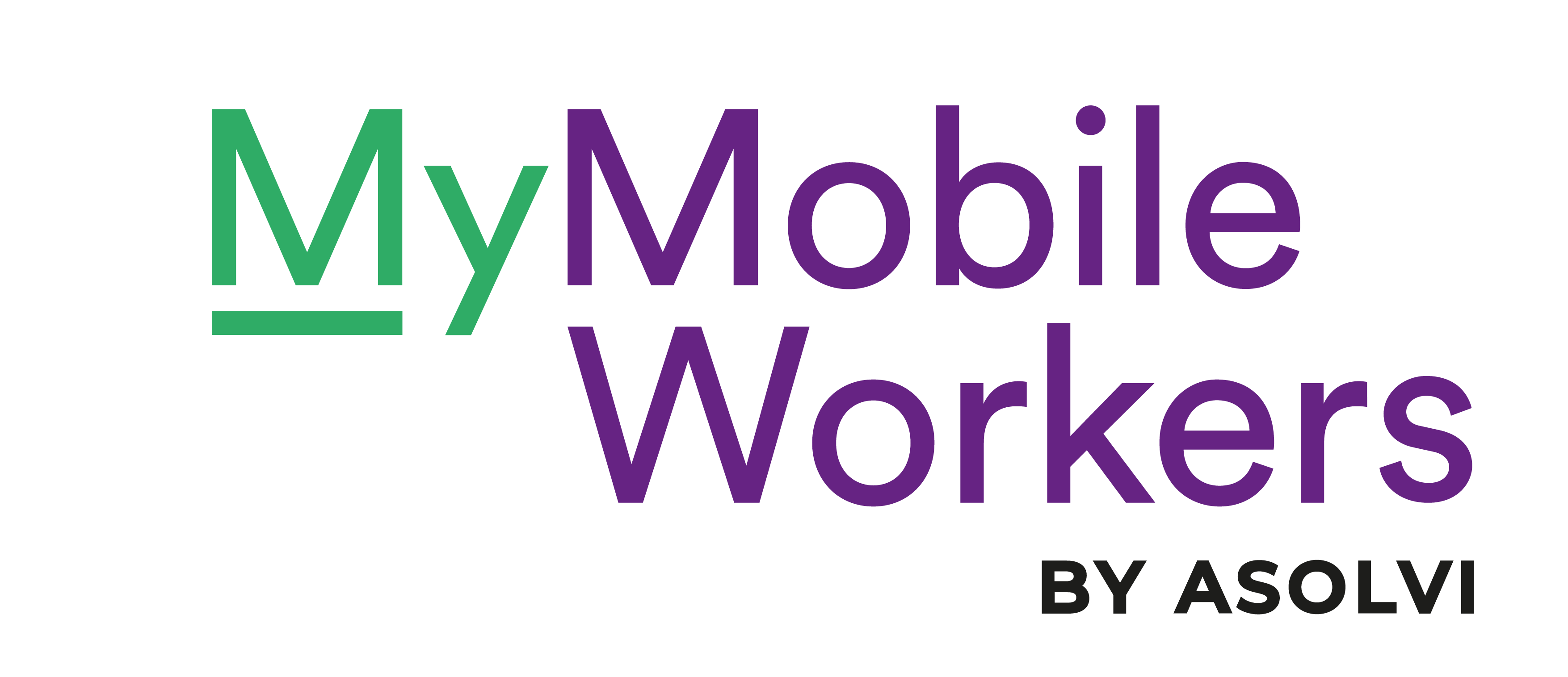Paperwork is something that you just can’t afford to let slip.

For workers it may be a chore but for a mobile service business it’s the crucial information that’s required to maintain an efficient and legally compliant business.
Whether it’s cataloguing safety processes, recording quality data or making sure that all materials used on a job are properly recorded - the basic challenges are the same.
What makes it particularly problematic for mobile workers is a combination of tight deadlines, stressful conditions and forms being filled out on the road - often in cold, wet and dark environments.
It’s a task most fieldworkers are still having to handle with a clipboard, paper forms and a pen. It means that documents are completed some time after a job has finished, from the safety of a work vehicle or depot.
Given these challenges, it’s not surprising that information collected is so often incomplete, inaccurate or just illegible. That’s not to mention the paperwork that gets ‘lost in the system’ as documents are shuffled between locations.
So what can you do to improve the quality and consistency of mobile workers’ paperwork?
Strategies to improve the quality of paperwork:
- Avoid generic documentation
- Integrate into workflow
- Make use of image data
- Avoid reward schemes
- Smarter data collection
Avoid generic documentation
When documentation isn’t specific to a particular task, it helps create the perception that it’s a ‘box ticking’ exercise. Creating relevant paperwork that properly reflects each type of job helps to avoid this.
With the use of cloud-based documentation, this kind of customised paperwork can be easily managed. Data is able to be input via a handheld device, removing the problem of mobile workers having to carry around forms to cover different tasks.
Integrate into workflow
A digital workforce management system can integrate data collection into a workflow (a digital job sheet). Each task can be created so that field workers are required to input relevant information at each stage of the job.
It means that job data/ tasks are completed on the job - rather than forms being filled retrospectively. This real-time approach minimises the risk of feedback tasks being skipped, information forgotten or information being entered hours after a job.
Make use of image data
The cliche of ‘a picture being worth a thousand words’ is often true when reporting technical information from a remote location. By providing mobile workers with the tools needed to take digital images helps to improve the effectiveness of paperwork.
It’s also a way to ensure that proper checks and protocols are being followed - providing visual proof to go alongside a checkbox confirmation. A digital management system allows all visual images to be automatically collated into a finished report.
Avoid reward schemes
One strategy that’s often used to incentive workers to complete paperwork is to offer some kind of bonus or reward for completing administrative tasks. While these may deliver short term improvements, it’s no long-term solution.
It can even make the problem worse as it creates the impression that properly completing paperwork is above and beyond what should be expected of them. An efficient approach should be to make these tasks a normal part of their day-to-day duties.
Smarter data collection
Switching from a paper-based process to a cloud-based system allows data collection to become interactive. Real-time checks can be built into the workflow with on-screen notifications and alerts triggered by particular data inputs.
This could be used to trigger a request to order more stocks or to alert a fieldworker of a potential safety risk if a field measurement is above a certain limit. It makes paperwork an active and reactive part of the working process.
Conclusion
Moving away from the traditional paper-based approach to information collection provides significant benefits for a mobile services provider. It allows paperwork to become seamlessly integrated into a digital process called a workflow.
For employees, it means no longer having the pain of filling in paper forms with much simpler and faster alternatives provided by the use of smartphones and handheld devices. For managers, it means access to the level of accurate and consistent information that’s required for an efficient and compliant business.
If you’re interested in finding out how a digital approach can transform the way your business handles data collection and boost productivity, find more details here.


